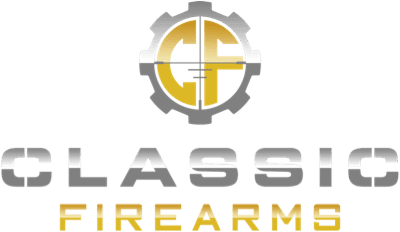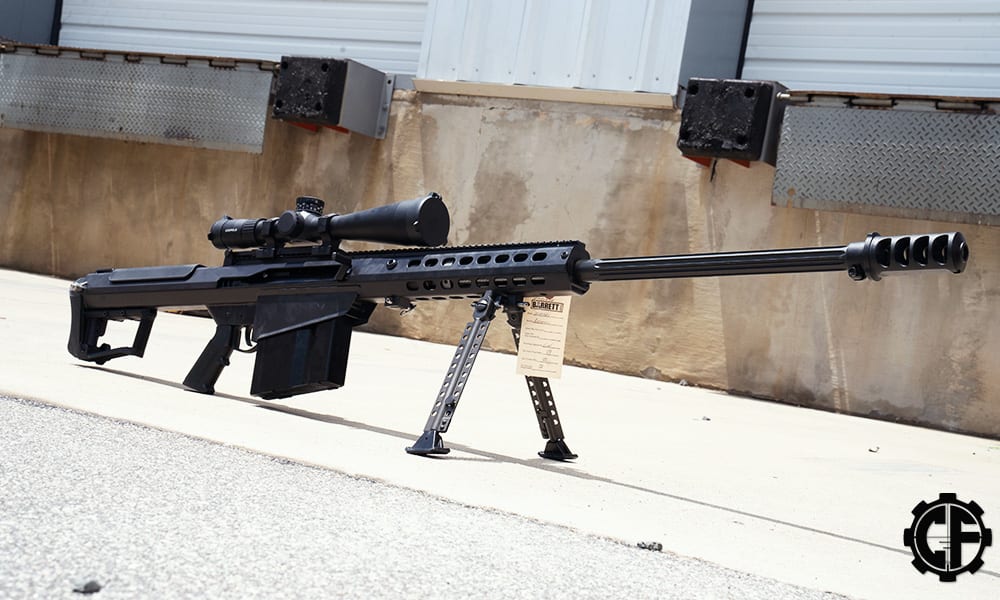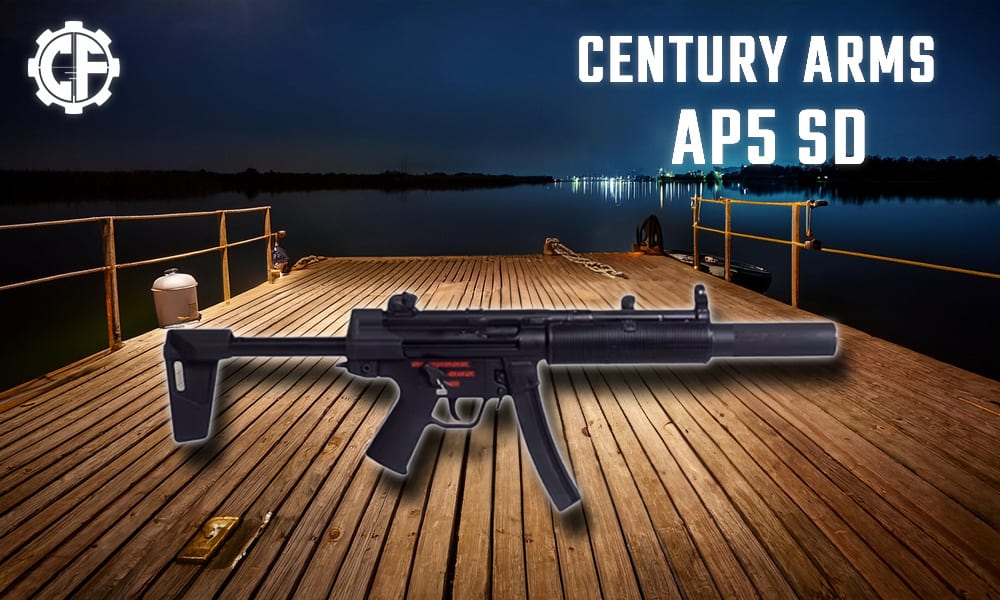GAUGE EXPLAINED
The term gauge is not a randomly selected term used to describe differing bore diameters. There is actually a mathematical calculation of weight that convects to give us our different gauges of shotgun designations. Without getting too technical, the gauge designation of a shotgun is essentially equal to the number of lead balls of that particular bore diameter that will add up to weigh one pound. The easiest way to understand that is to use the examples of a 12 gauge and a 20 gauge shotgun. In a 12ga. shotgun, it is the diameter of a ball of lead weighing one-twelfth of a pound of lead. In a twenty gauge, the diameter of the lead ball weighs one-twentieth of a pound. Therefore 1/12th of a pound of lead in bore diameter is a 12ga. and in a 20ga., 1/20th of a pound of lead diameter is the 20ga. I know that this explanation is still a bit confusing but an easy way to remember is that the higher the gauge, the smaller the bore. I know, I know, that still seems bass-ackwards, but it's true. The 12ga., while a smaller number than a 20ga. is actually a larger bore size. And that trends throughout the shotgun gauge line up. Although rarely seen anymore, the massive 4 gauge is measurably larger than a 32 gauge, and the difference is obvious just by looking at the shotgun or the shotshell in a side by side comparison.
Panzer Arms BP-12 12GA Semi-Auto Shotgun
DIFFERENT TYPES SHOTSHELLS
Shotshell sizes are somewhat similar to how shotgun gauges are measured. In essence, the larger the number, the smaller the shot. BIRDSHOT - From Birdshot to Buckshot. Shotshells typically fall into three different categories based on the most appropriate use for their given shot size. Birdshot, Small Game Loads, and Buckshot. Shells with a shot size of 7.5, 8, or 9 are most commonly referred to as birdshot. These shells are typically branded as Dove and Quail loads or Bird Loads and are most suitable for birds such as well, dove and quail. They are also commonly used for skeet and trap shooting due to their higher number of shot per ounce, and subsequent greater spread allowing the shooter a better chance of hitting the target. The light loads also do less damage to the game leaving the meat more suitable for harvest. Of course larger, heavier birds such as pheasants, ducks or geese may require a heavier shot such as a number 4 or 6 shot, to get the job done. Of course, distance is limited with these shot sizes as they tend to quickly lose their velocity after 30 or 40 yards. From there we move into shot sizes that are typically considered Small Game Loads or Field loads. While technically still referred to by many as birdshot these loads are most suitable for game ranging in size from rabbits to coyotes and would include shot sizes from a BB shot to a # 6 shot. Of course, many of these shot sizes are also utilized for migratory bird and turkey hunting due to the heavier structure of the game and the longer shots required. In my opinion, this range of shot sizes also makes for an excellent home defense choice as it allows for adequate knockdown power, particularly over a short distance, such as inside a home, without the overpenetration concerns that one would have with buckshot or slugs.
Browning 12 Gauge BPT Performance Target 2.75" #8 Shot Ammunition
BUCKSHOT - Last but certainly not least is the largest shot size..... buckshot. For the most part, buckshot is the typical shotgun ammo used by hunters on game such as deer.... hence the name buckshot. The size of the buckshot is designated by a number or letter. Small numbers contain bigger sized pellets (projectiles). Larger numbers contain smaller pellets (projectiles), but there are many more of them. With buckshot, the largest pellets are usually labeled #000. This is a shotshell containing shot that has on average 6 pellets per ounce, however, the diameter on each pellet would be around 9.1mm! More commonly you will see and therefore use buckshot designations like #00, #0, #1, #2, and #3 Buckshot. Bigger pellets have a larger impact. That is why this type of shotgun ammunition is used by hunters when targeting larger prey, such as deer and other big game. The most common buckshot load by far, and the one that almost everyone is familiar with is 00 buckshot. In case you are wondering, most 2 3/4 inch 12 gauge buckshot loads contain a total of 9 pellets.

Winchester Super X-Pert High Velocity 12GA 3" #1 Shot Ammunition
SLUGS - Slugs are different altogether. Unlike birdshot and buckshot, slugs are actually considered bullets. They are considered bullets because when fired, they exit the barrel as a single projectile and remain a single projectile throughout their flight. Unlike birdshot and buckshot that scatter upon exiting the barrel, slugs are large, powerful rounds that can travel as far as 75 yards and still be effective. A lot of local laws prohibit the use of slugs when hunting. The reason for this is because some municipalities do not want a projectile that is that large and with that much power traveling the distance that it is capable of within their boundaries. The fear is that something may be misidentified from that range and the intended target, animal or not, will without a doubt be destroyed. For these reasons, many local governments have decided that they do not want hunters too far away from their targets. Never fire a slug through a choked shotgun.

Federal Power-Shok 10GA 3.5" Slug Shot
LET'S BUST A COUPLE OF MYTHS
So why didn't I mention the .410 gauge shotshell? Well, it's because it isn't a gauge, rather a shotgun chambering, therefore it is properly called a .410 bore. What about snake shot? Snake shot is best described as a shotgun cartridge that can be fired out of a pistol or Taurus Judge or similar revolver. This type of shot is manufactured in caliber designations, not shotgun gauges. High brass is not better than low brass. A box of ammunition labeled as high brass will not give you a shotshell that is hotter, faster, or more powerful than a shotshell with lower brass. This may have been the case in cartridges of yesteryear, but not today.FINAL THOUGHT
When it comes to talking shotguns, there are different gauges of ammunition and within those gauge designations, there are different types of ammunition. Shop All 12 Gauge AmmunitionShop All Shotguns
Shop All Ammunition








